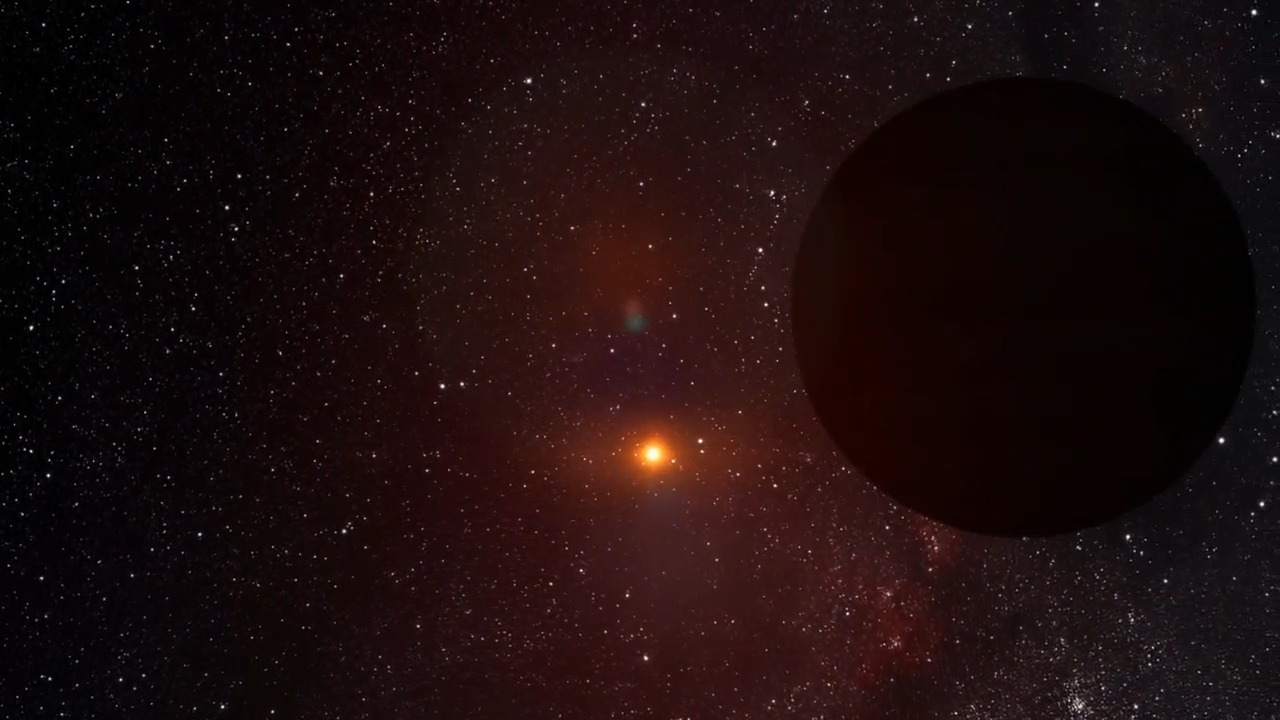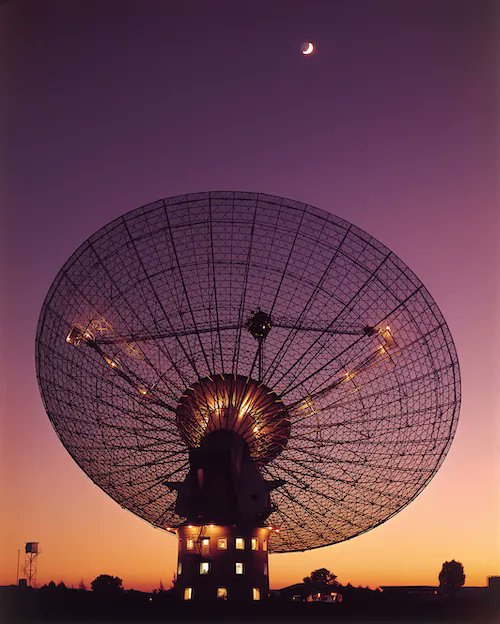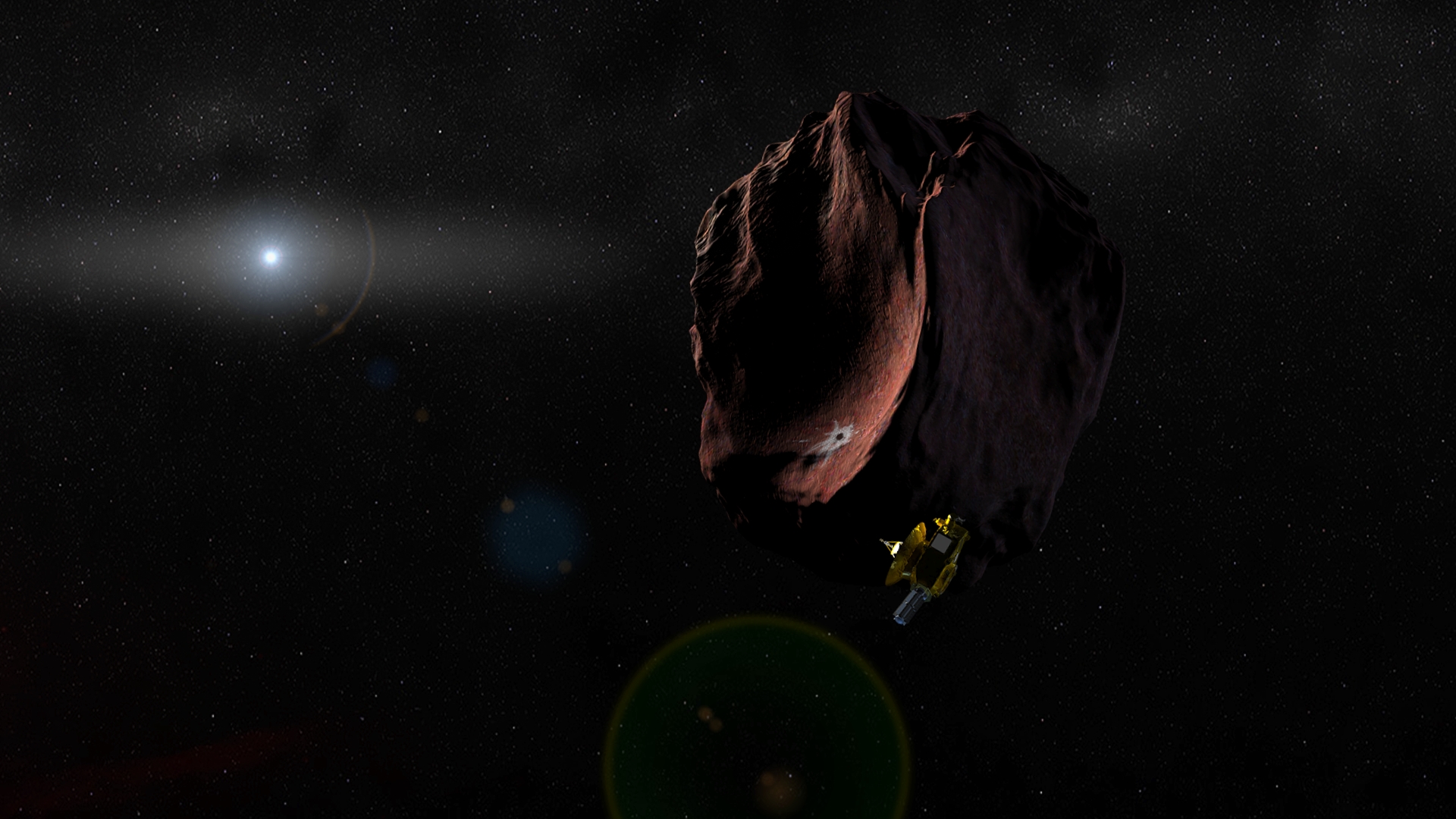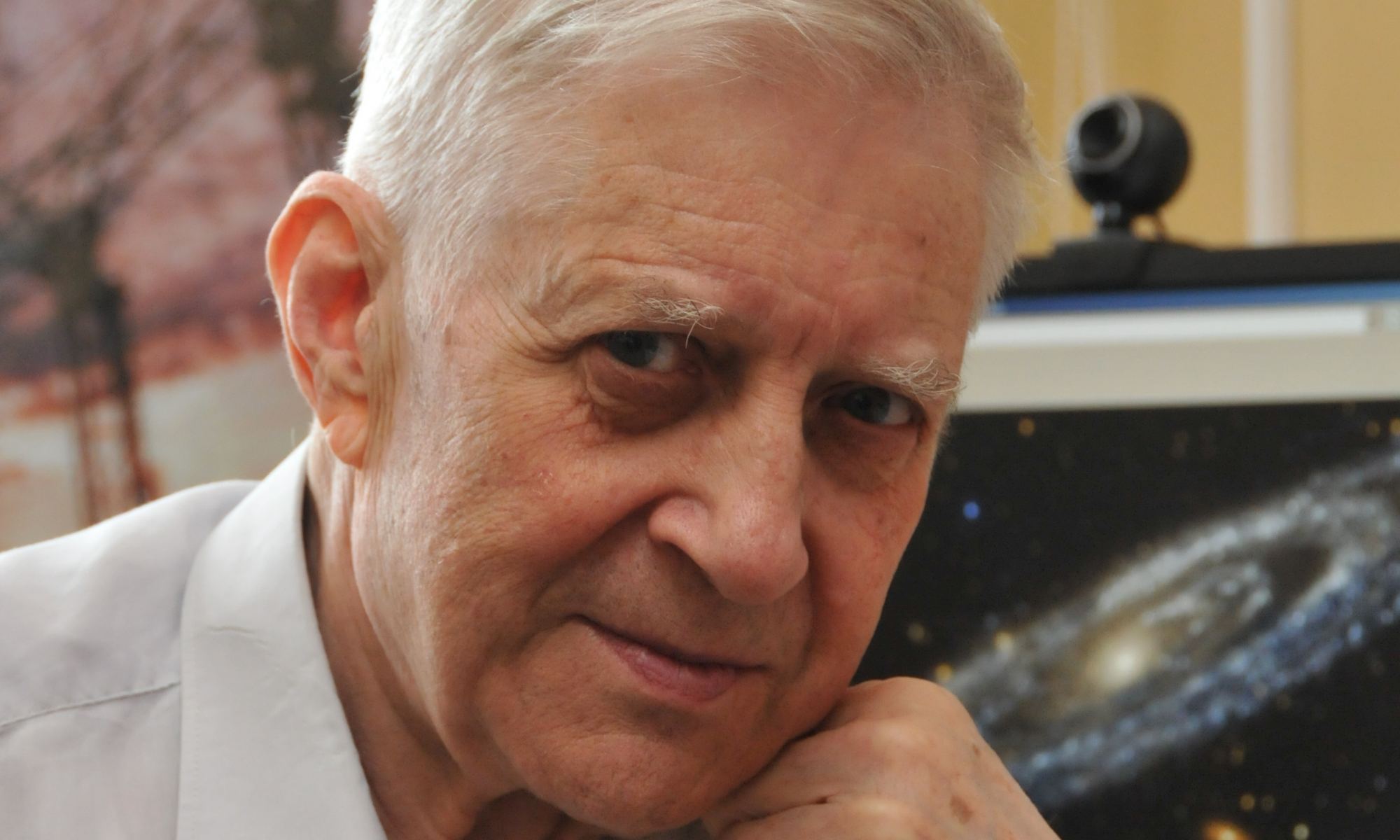Someday, humanity might receive a message from space that will answer one of the greatest existential questions: is anybody out there? Regardless of the content, a message from an extraterrestrial civilization will be the single greatest event in human history. How would such an event happen, and how would it play out? What will be the repercussions of billions of people suddenly learning that we are NOT alone in the Universe? This question has inspired countless works of science fiction and scientific studies that have attempted to predict (and even quantify) our collective reaction.
This was the purpose behind A Sign in Space, a revolutionary art project designed to simulate a First Contact scenario. This project was the brainchild of Daniela de Paulis, a contemporary artist, and licensed radio operator currently serving as the Artist in Residence at the SETI Institute and the Green Bank Observatory. Together with a team of international experts, including SETI researchers, space scientists, and artists, de Paulis created this campaign to engage the global SETI community and the general public about the possibility of First Contact.
Continue reading “A Sign from Space Simulates What it Would be Like to Get a Message from Aliens!”









